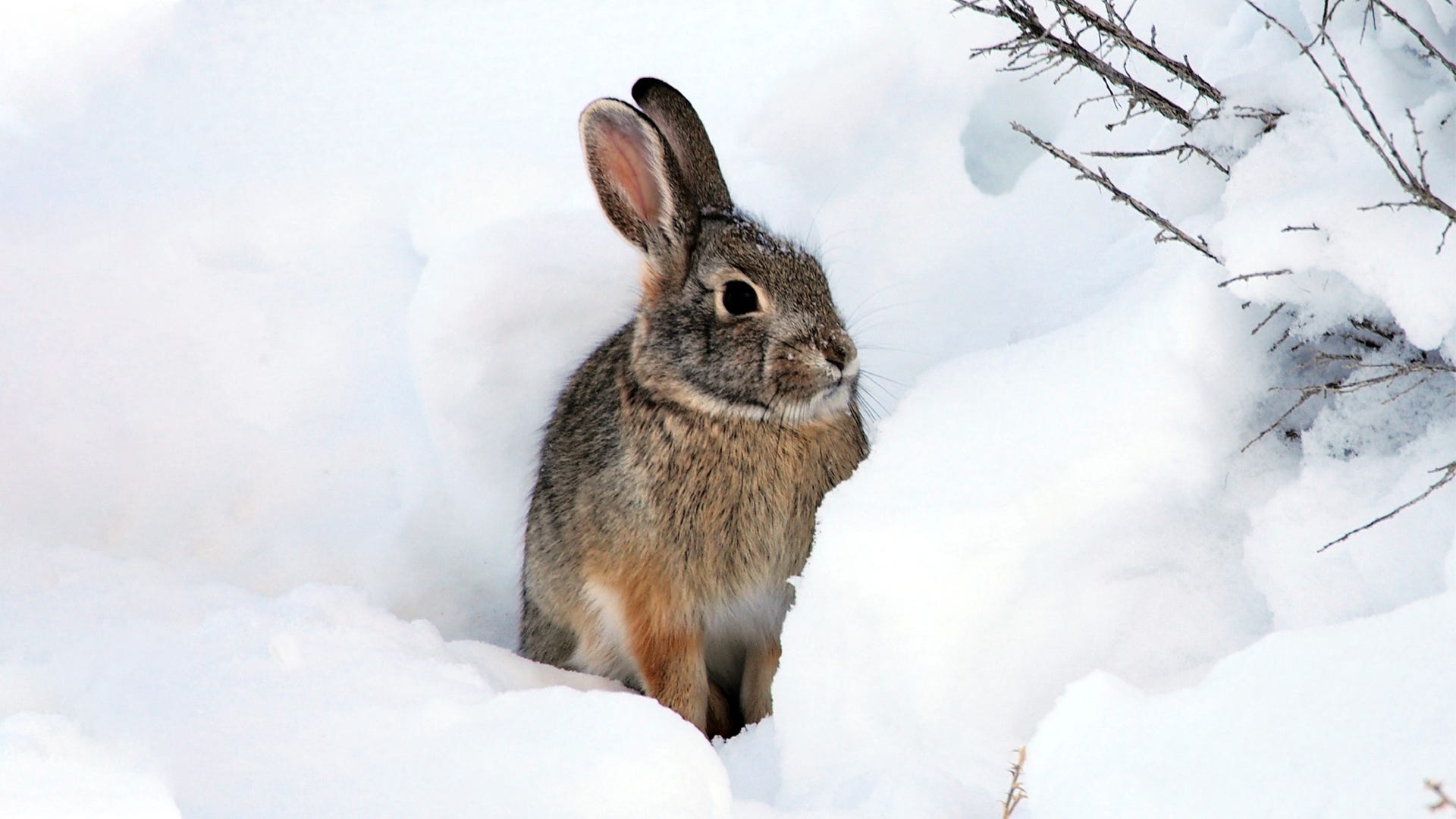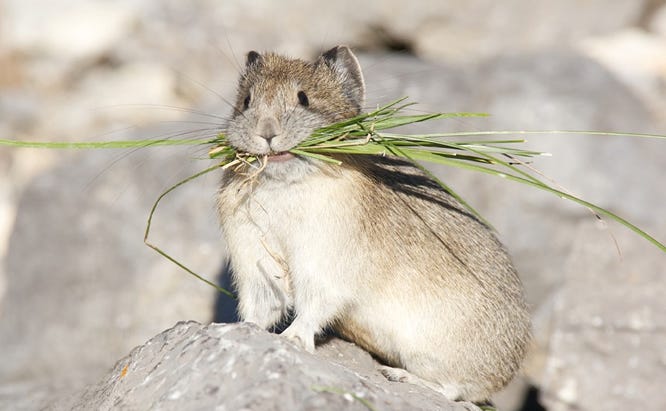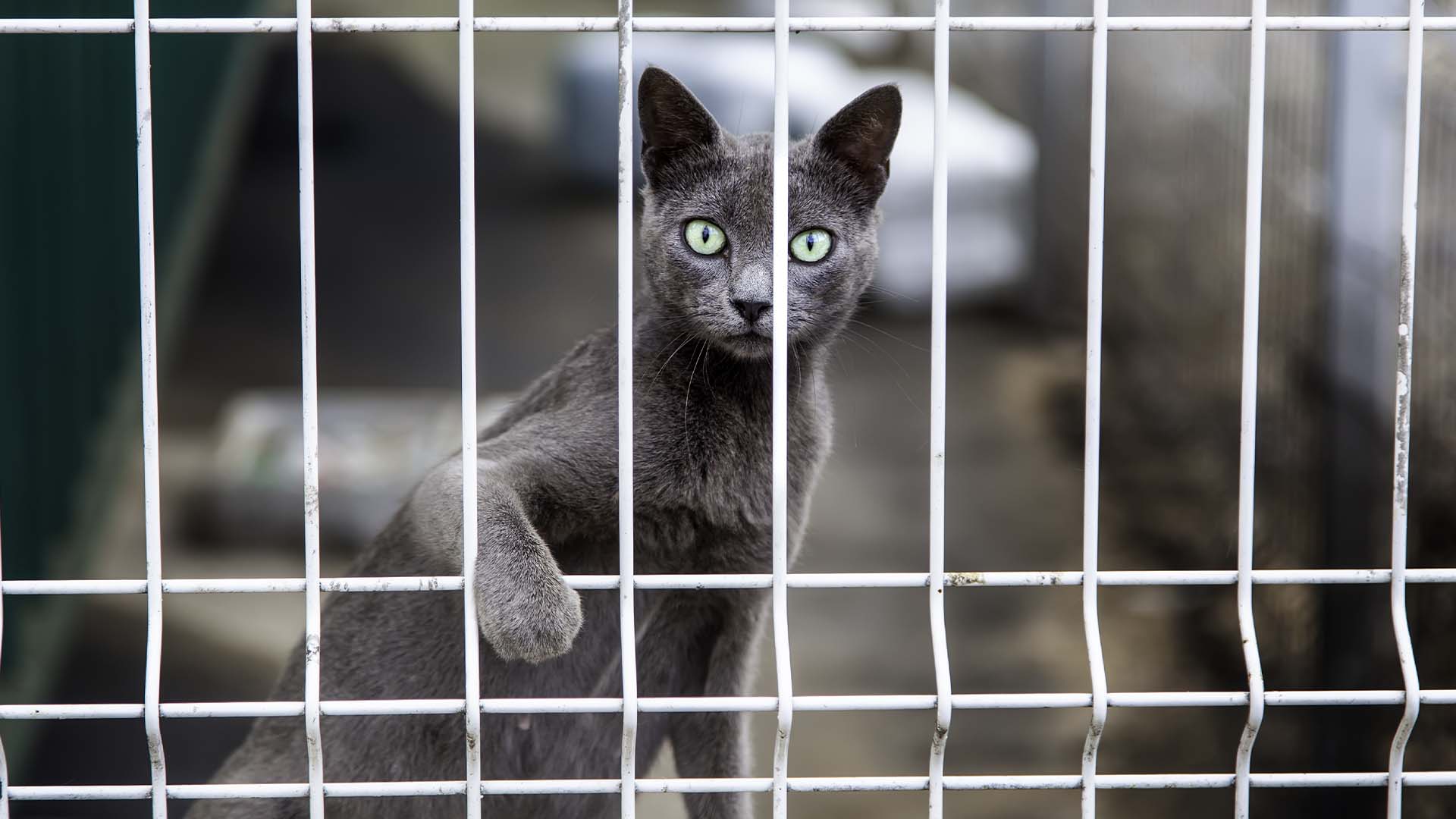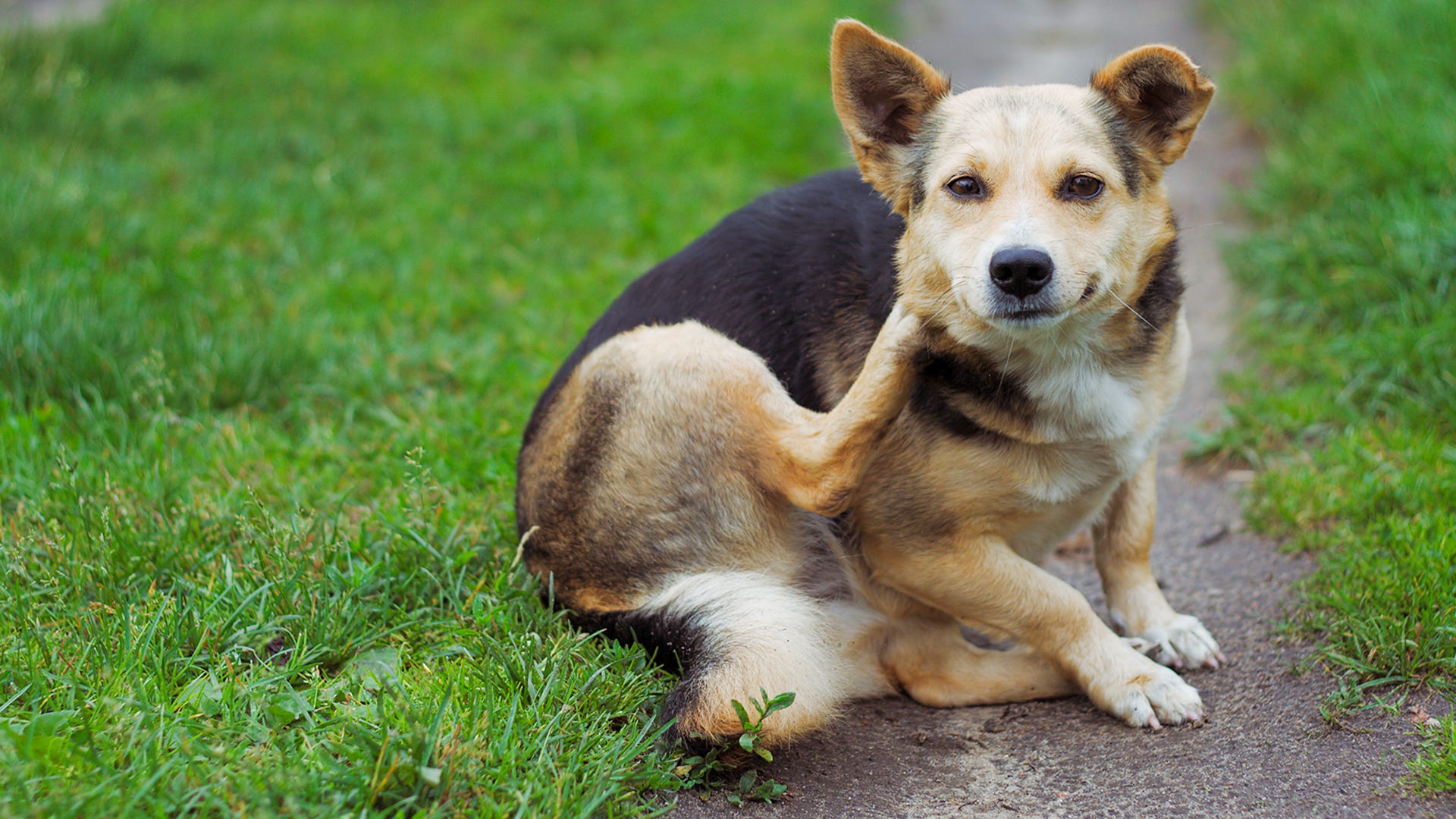
Weather doesn’t just affect us; it is also an important factor in the existence of small animal populations living in the wild. We tend not to think about those critters surviving off the land, assuming that their status as “wild animals” assures their ability to cope with whatever nature has to throw at them. But the truth is that living in the wild is a constant, continual struggle for survival. Temperature, availability of food sources and the ability to escape from predators are a few of the important elements that an animal relies on to be stable in the area it inhabits. Any change in living conditions can tip the scales and endanger its existence.
For Those That Hibernate
Unless the animal continues to do well in harsh weather conditions, such as mice, shrews and assorted underground-dwelling rodents, evading the seasonal changes is essential. One way to do this is to hibernate, something which many animals do on a regular basis. But irregular seasons have been hindering what should be a natural, scheduled part of their annual cycle, resulting in various problems.
For starters, breeding seasons are often linked to this cycle, with the animal seeking a mate after its long slumber. An extended period of spring-like weather during the winter months may trigger adults to produce litters that arrive too early, leaving them vulnerable when cold conditions unexpectedly return.
On the other hand, late winter conditions that extend into the spring season are just as bad. In a study of Columbian ground squirrels of the Canadian Rocky Mountains, a delayed emergence from hibernation due to spring snows lowered the females’ survival rate by twenty percent. This is because they must reproduce, give birth and then still have enough time to eat their fill and store enough fat to survive the next hibernation period – which lasts three-quarters of the year.

Even stormy weather can be a danger. Flooding of burrows and warrens, washing away of nests and destruction of dams are not the only incidents animals have to worry about. According to Nan Soistman of Florida Wildlife Care Inc., it is a common occurrence to find baby squirrels with respiratory problems that have fallen from their nest after particularly heavy rains.
For Those That Don't Hibernate
Even those animals that don’t try to avoid winter altogether and are accustomed to getting by amid the snow and biting winds of the season are not immune to the effects of a drastic climate change. Some animals will change coloration according to the longstanding conditions to be expected of a traditional season. The snowshoe hare, for example will adopt a white color in winter as a means of camouflaging itself from predators. This will stand out in a snow-free winter just as its warm-weather brown coat would stand out against a late blanketing of snow in the spring.
Unseasonable weather will also force some animals to travel beyond their regular territory, causing additional problems when migrating is not part of their standard life cycle. Officials in Colorado recently became concerned when a sudden decline in their skunk population followed an uncharacteristically cool and wet spring. Turns out the skunks moved south to the Badlands of New Mexico for warmer, drier conditions. Such alterations to an ecosystem can lead to unexpected problems down the line if the animals do not return to their original habitat.

Effects of a Global Nature
It should go without saying that any changes that take place on a global scale – such as global warming – could seriously harm our planet’s ecosystem if whole animal species should be allowed to perish. Consider how the pika already climbs to the highest elevations of the Rocky Mountains when seasons change, but would not be able to ascend further to escape increasingly warm weather.
Some animals have only themselves to blame. Arctic ground squirrels that burrow into permafrost and North American beavers that create ponds as they build dams have been helping raise the levels of greenhouse gases carbon dioxide and methane, respectively.
A Historical Correlation
The weather patterns of the El Niño¬¬–Southern Oscillation have been blamed for causing wildly uncommon climate conditions depending on where it hits, and a recent study by the University of Utah. shows how the infamous weather system could affect wildlife. This study explores the history of El Niño patterns in Baja California and compares this with the number of rabbits in the region. Anthropology professor Jack Broughton points out that El Niño was a rare condition over 5,000 years ago, after which “there was a relatively dramatic increase in frequency of El Niños in Baja.” The study’s foremost author, doctoral student Isaac Hart, states that this “correlates very strongly with the total rabbit population in Baja California,” especially those species that thrive in moisture.
Have You Noticed a Change?
Surely any increase or decrease in wild animal visitors to your yard has made you suspect the weather to be the blame. Are there any conditions that have brought more encroachers onto your property? Less? Visit our Facebook page. to share your story – and photo, if you have one of your invading critter.



